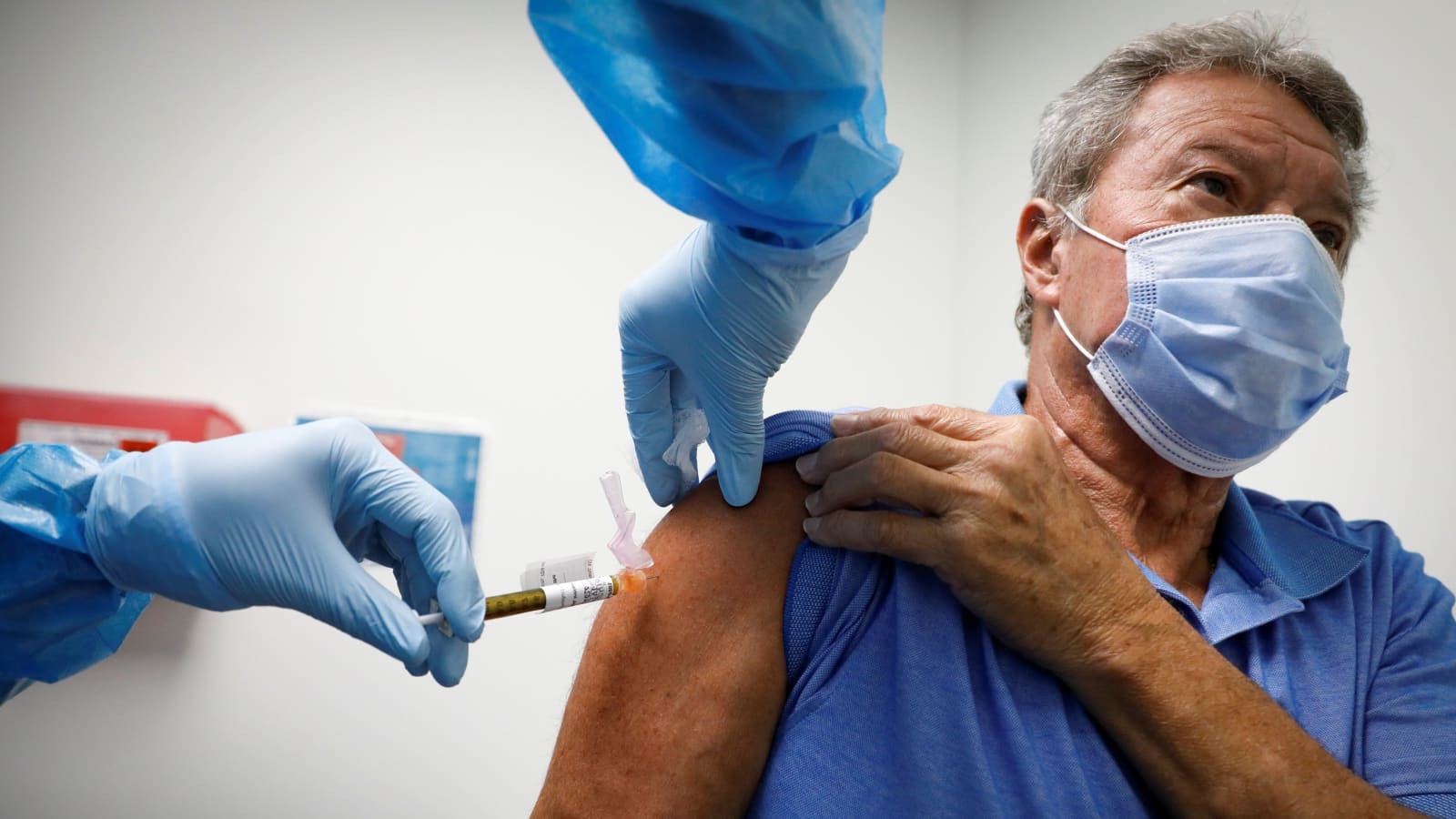
Ever wondered what makes the male body unique? The male body is a fascinating subject, full of intriguing facts that might surprise you. From muscle mass to brain function, men have distinct characteristics that set them apart. Did you know that men generally have a higher percentage of muscle mass compared to women? Or that they are more likely to be colorblind? Testosterone plays a significant role in shaping these differences, influencing everything from physical strength to behavior. Whether you're curious about how the male brain works or why men tend to have more body hair, this list will provide some eye-opening insights. Buckle up as we delve into 15 captivating facts about the male body!
The Male Body: A Fascinating Machine
The male body is a marvel of nature, full of unique traits and surprising facts. Let's dive into some intriguing aspects of the male physique.
Muscle Mass and Strength
Men are often associated with greater muscle mass and strength. Here are some facts that explain why.
-
Higher Testosterone Levels: Testosterone, the primary male hormone, plays a significant role in muscle development. Men typically have 20 times more testosterone than women, which contributes to greater muscle mass and strength.
-
Larger Muscle Fibers: Male muscle fibers are generally larger than female muscle fibers. This difference allows men to generate more force and power during physical activities.
-
Greater Upper Body Strength: Men usually have more upper body strength compared to women. This is due to the higher concentration of muscle mass in the chest, shoulders, and arms.
Unique Biological Features
The male body has several unique biological features that set it apart from the female body.
-
Adam's Apple: The Adam's apple, a prominent feature in the male neck, is caused by the growth of the larynx during puberty. This growth deepens the voice and makes the Adam's apple more noticeable.
-
Higher Basal Metabolic Rate: Men generally have a higher basal metabolic rate (BMR) than women. This means they burn more calories at rest, which can affect weight management and energy levels.
-
Thicker Skin: Male skin is about 25% thicker than female skin. This thickness provides more protection but also makes men more prone to certain skin conditions like acne.
Reproductive System
The male reproductive system is complex and fascinating. Here are some facts about it.
-
Sperm Production: Men produce millions of sperm every day. This continuous production ensures that they can father children at any time, unlike women who have a limited number of eggs.
-
Testosterone Peaks: Testosterone levels peak in the morning and gradually decrease throughout the day. This fluctuation can affect mood, energy levels, and libido.
-
Prostate Gland: The prostate gland, located below the bladder, plays a crucial role in male fertility. It produces a fluid that nourishes and protects sperm during ejaculation.
Health and Longevity
Men's health and longevity are influenced by various factors. Here are some interesting facts.
-
Shorter Lifespan: On average, men have a shorter lifespan than women. This difference is attributed to various factors, including lifestyle choices, risk-taking behaviors, and biological differences.
-
Higher Risk of Heart Disease: Men are more likely to develop heart disease at a younger age compared to women. This increased risk is linked to factors like higher cholesterol levels and hypertension.
-
Mental Health: Men are less likely to seek help for mental health issues compared to women. This reluctance can lead to higher rates of depression and suicide among men.
Physical Characteristics
Men have distinct physical characteristics that are often influenced by genetics and hormones.
-
Facial Hair: Testosterone stimulates the growth of facial hair, which is why men typically have beards and mustaches. The density and pattern of facial hair can vary widely among individuals.
-
Body Hair: Men generally have more body hair than women. This difference is due to higher levels of androgens, which promote hair growth on the chest, back, and other areas.
-
Balding: Male pattern baldness is a common condition that affects many men as they age. It is primarily caused by genetics and the hormone dihydrotestosterone (DHT), which shrinks hair follicles.
Final Thoughts on Male Body Facts
Understanding the male body can be both fascinating and enlightening. From the unique way men process pain to the fact that they have a higher percentage of muscle mass compared to women, these facts highlight the distinctive features of male physiology. Knowing these details can help in appreciating the differences and similarities between genders.
Whether it's the testosterone levels affecting behavior or the higher risk of certain health conditions, these insights can lead to better health choices and lifestyle changes. It's not just about trivia; it's about understanding the human body in a more comprehensive way.
So next time you come across a fact about the male body, remember it's part of a larger picture that makes us all unique. Keep learning, stay curious, and appreciate the wonder of human biology.
Was this page helpful?
Our commitment to delivering trustworthy and engaging content is at the heart of what we do. Each fact on our site is contributed by real users like you, bringing a wealth of diverse insights and information. To ensure the highest standards of accuracy and reliability, our dedicated editors meticulously review each submission. This process guarantees that the facts we share are not only fascinating but also credible. Trust in our commitment to quality and authenticity as you explore and learn with us.


